IOCCG (2020), Synergy between Ocean Colour and Biogeochemical/Ecosystem Models. Dutkiewicz, S. (ed.), IOCCG Report Series, No. 19, International Ocean Colour Coordinating Group, Dartmouth, Canada, doi: 10.25607/OBP-711 Continue reading Synergy between Ocean Colour and Biogeochemical/ Ecosystem Models
Tag Archives: Jahn
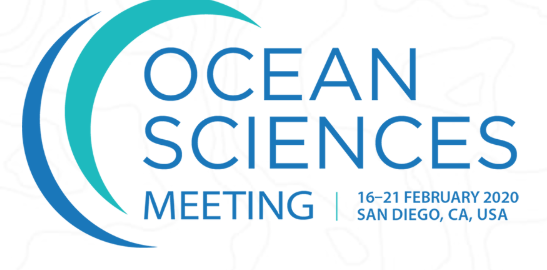
Darwin Goes to Ocean Sciences 2020
Look out for the Darwin team, sharing their work at this year’s Ocean Sciences conference taking place February 16-21 in San Diego, California.
A.M. Kuhn, S. Dutkiewicz, O. Jahn, S. Clayton, T.A. Rynearson, M.R. Mazloff, A.D. Barton (2019), Temporal and spatial scales of correlation in marine phytoplankton communities, JGR Oceans, doi: 10.1029/2019JC015331
Continue reading Temporal and spatial scales of correlation in marine phytoplankton communities

Kīlauea Lava Fuels Phytoplankton Bloom off Hawaiʻi Island
A new study led by Samuel T. Wilson from the University of Hawai’i, co-authored with Darwin Project researchers John Casey, Stephanie Dutkiewicz, Mick Follows, Christopher Hill, and Oliver Jahn, uses the Darwin ecosystem model embedded within an MITgcm (~2 km) resolution regional physical model of the North Pacific Ocean to study how the input of silicic acid, iron, nitrate, and phosphate along the southeast coast of Hawai‘i impacts nearby phytoplankton productivity. Continue reading Kīlauea Lava Fuels Phytoplankton Bloom off Hawaiʻi Island
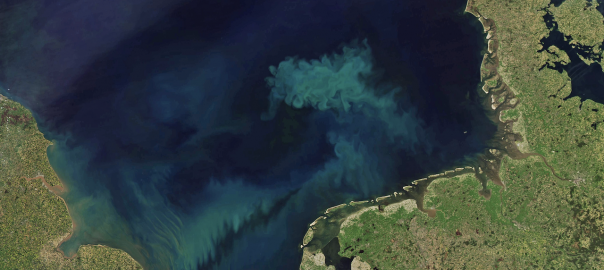
Study: Much of the surface ocean will shift in color by end of 21st century
Climate-driven changes in phytoplankton communities will intensify the blue and green regions of the world’s oceans. New work from Darwin researchers Stephanie Dutkiewicz and Oliver Jahn. Continue reading Study: Much of the surface ocean will shift in color by end of 21st century
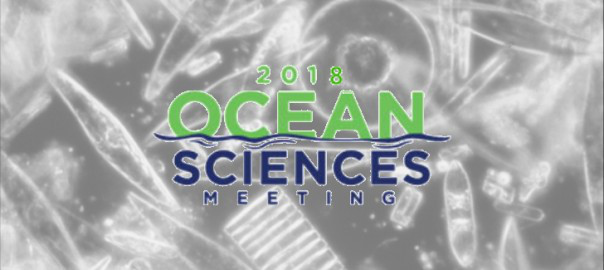
Darwin Goes to Ocean Sciences 2018
Look out for the Darwin team, sharing their work at this year’s Ocean Sciences conference taking place February 11-16 in Portland, Oregon. Continue reading Darwin Goes to Ocean Sciences 2018

A More Diverse Role for Diatoms
Helen Hill | Darwin Project
A review article involving Stephanie Dutkiewicz and Oliver Jahn suggests the diatoms have more diverse roles in carbon cycling than previously understood. Continue reading A More Diverse Role for Diatoms
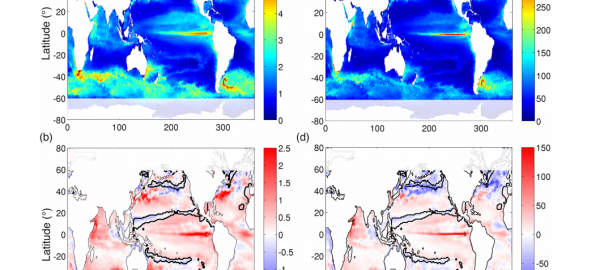
What you Can Do With a Really Rather Realistic Ocean Model
Helen Hill | Darwin Project
It’s been a decade since the inception of the MIT Darwin Project, an alliance between physical oceanographers, biogeochemists and marine microbiologists at the Massachusetts Institute of Technology (MIT). The goal of Darwin remains to couple state of the art physical models of global ocean circulation with biogeochemistry and genome-informed models of microbial processes to understand the interplay between different elements of the marine ecosystem leading to observed balances between physiology and the marine environment. Continue reading What you Can Do With a Really Rather Realistic Ocean Model

Darwin Goes to Ocean Sciences 2016
Look out for the Darwin team, sharing their work at this year’s Ocean Sciences conference taking place February 21-26 in New Orleans, Louisianna. Continue reading Darwin Goes to Ocean Sciences 2016
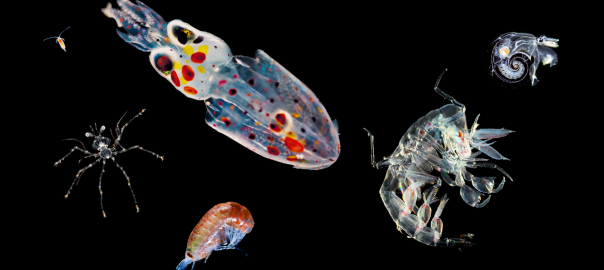
Uncovering a Diverse Invisible Ocean World
Read this story at oceans.mit.edu
Tara Oceans, an international consortium of researchers that explored the world’s oceans in hopes of learning more about one of its smallest inhabitants, reported their initial findings this week in a special issue of Science. Plankton are vital to life on Earth—they absorb carbon dioxide, generate nearly half of the oxygen we breathe, break down waste, and are a cornerstone of the marine food chain. Now, new research indicates the diminutive creatures are not only more diverse than previously thought, but also profoundly affected by their environment. Continue reading Uncovering a Diverse Invisible Ocean World